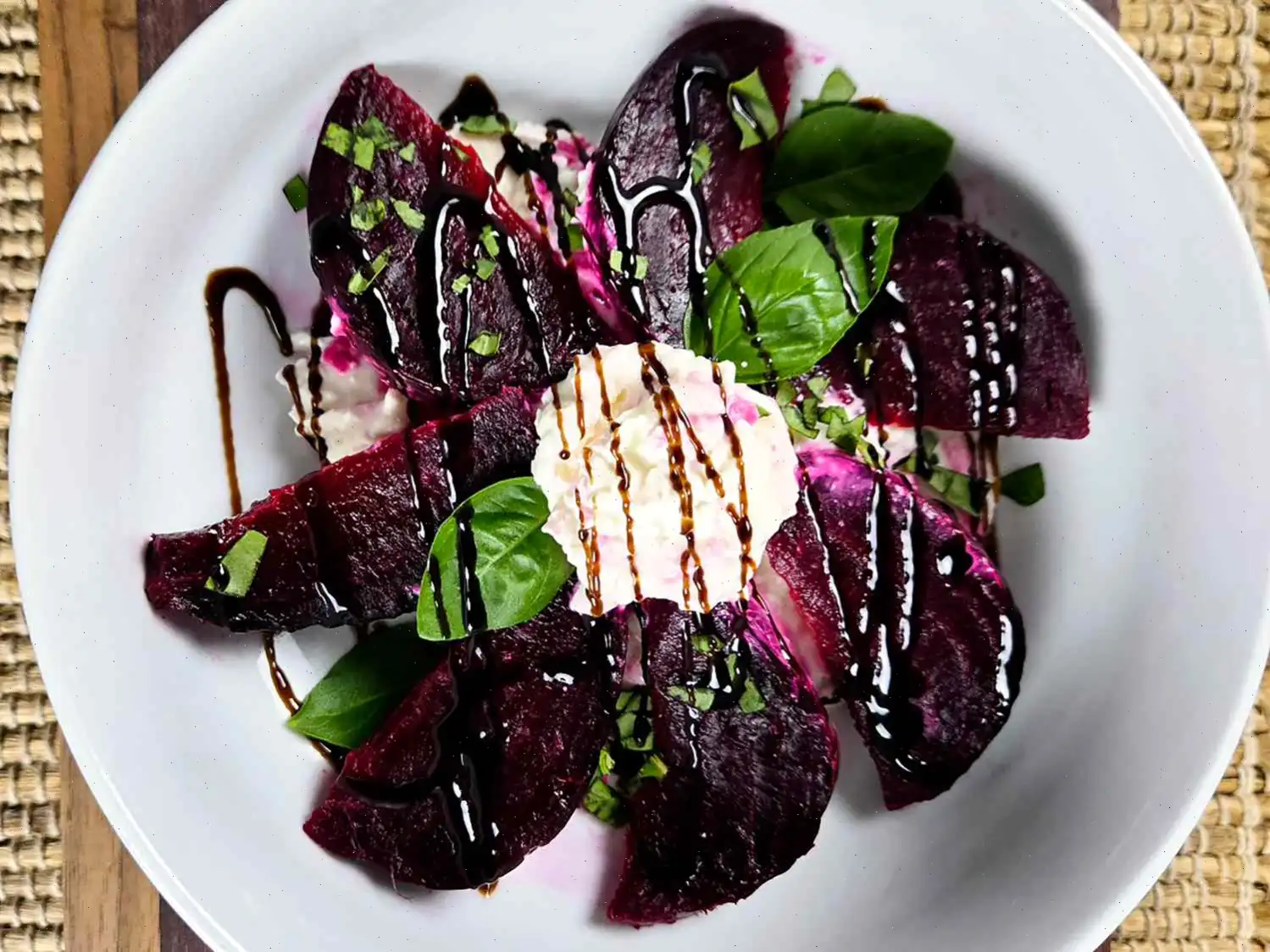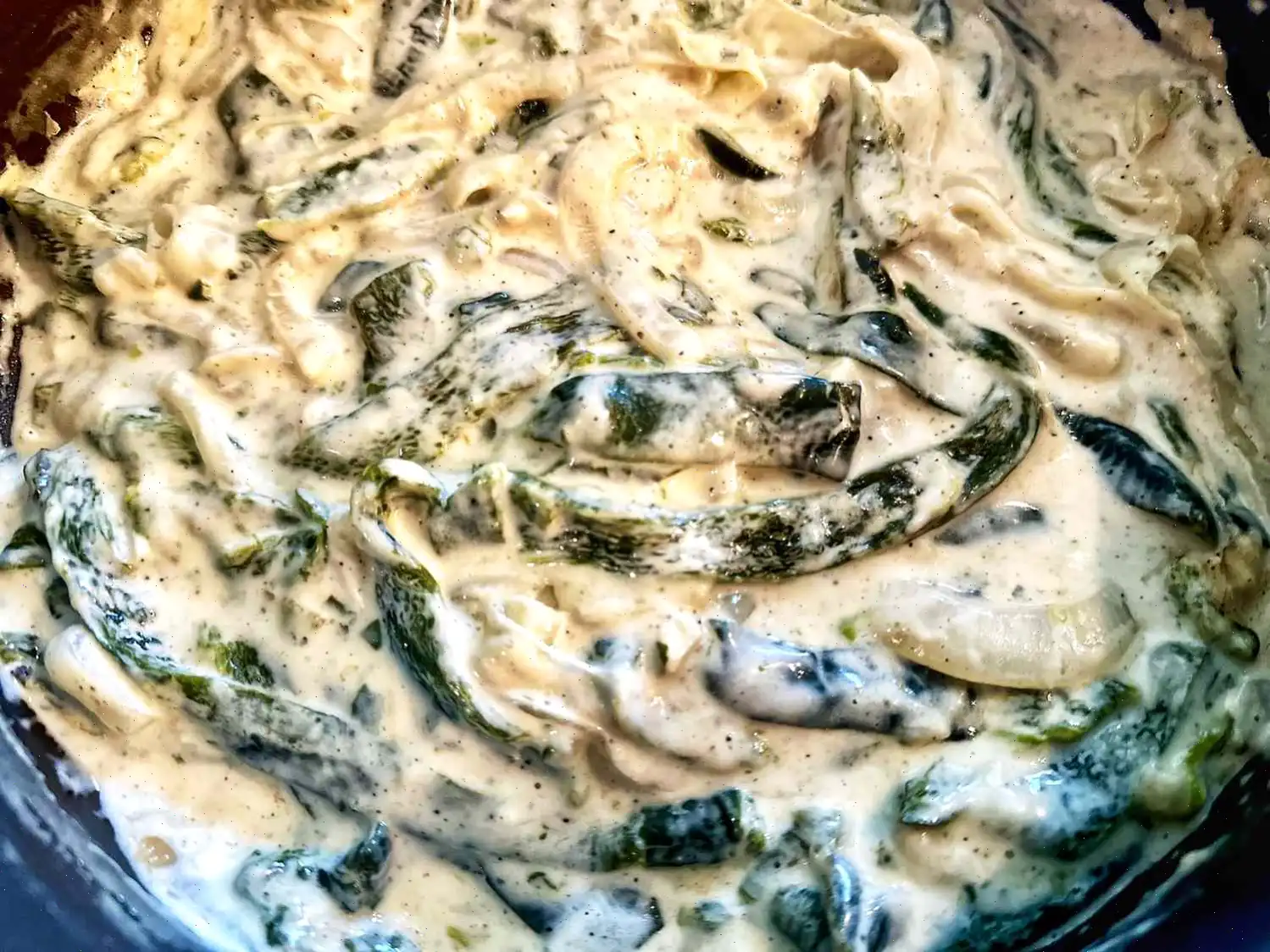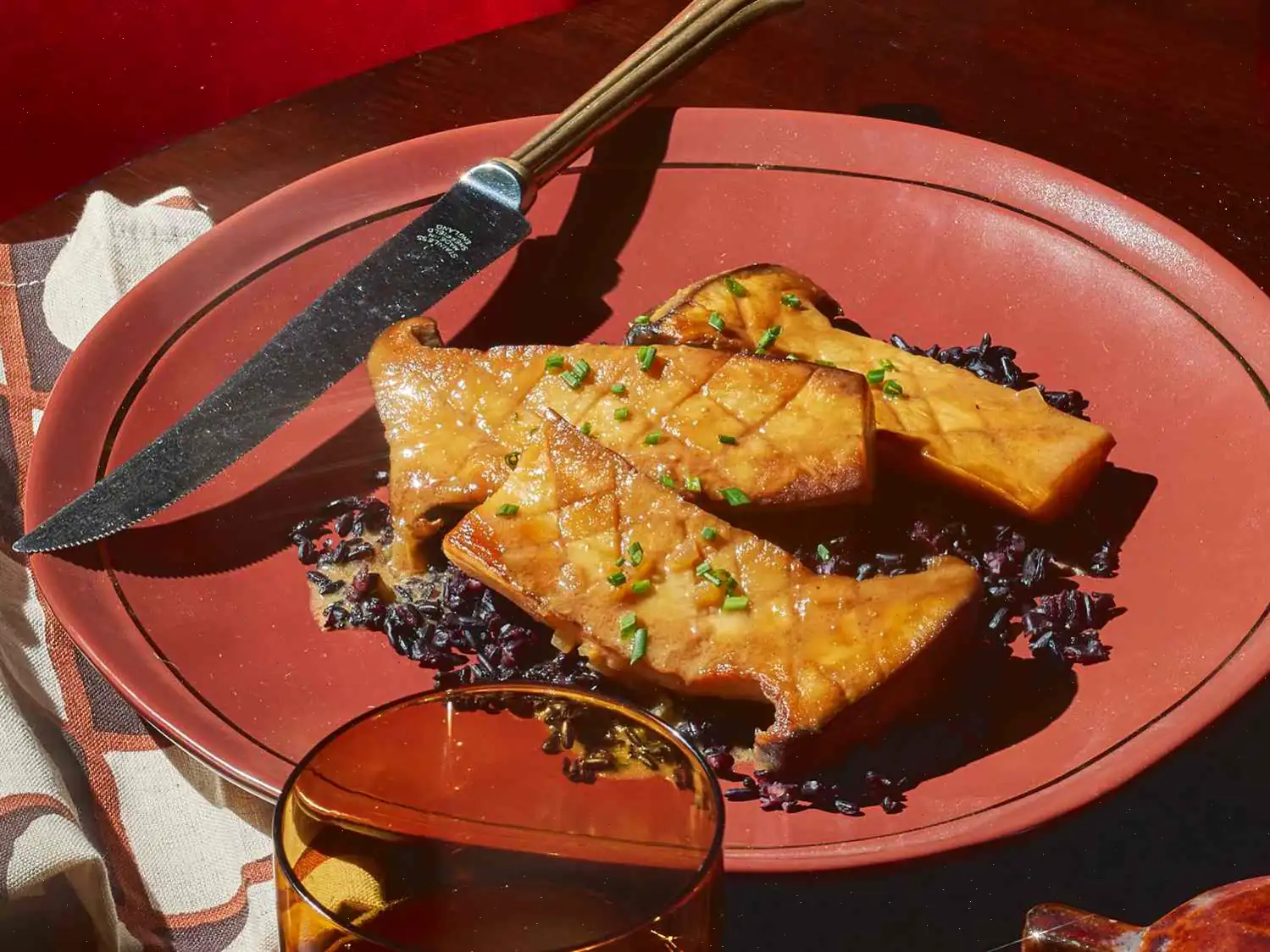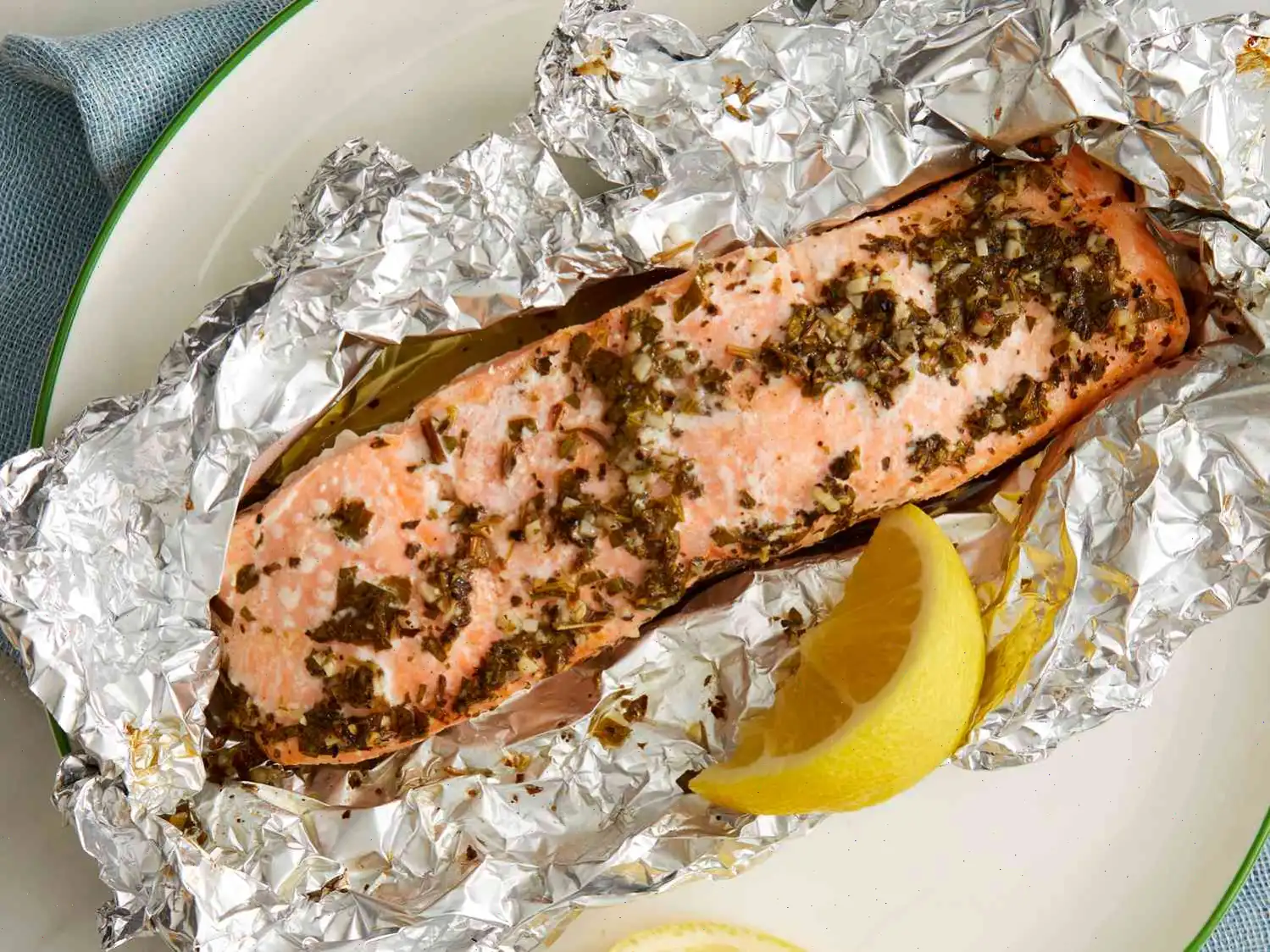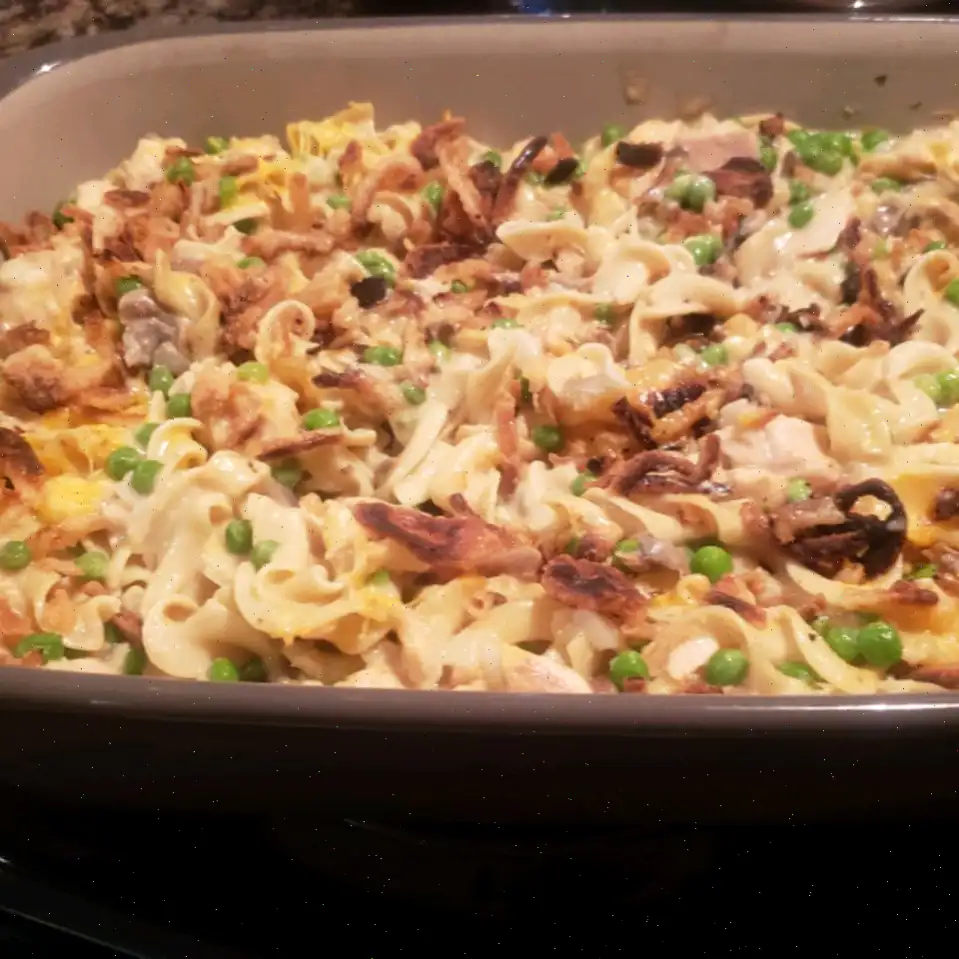
Roasted Beets and Burrata Recipe
Ingredients:
- 2 beets
- 8 ounces burrata cheese
- 4 fresh basil leaves, torn
- 1 tablespoon balsamic glaze, or as needed
Directions:
- Preheat the oven to 400F (200C). Line a baking sheet with parchment paper.
- Peel the beets and place them whole or cut into pieces on the parchment-lined baking sheet.
- Roast the beets in the preheated oven for 30 to 40 minutes, or until tender when pierced with a knife. Remove them from the oven and allow them to cool to room temperature, about 15 minutes.
- Once the beets have cooled, peel and slice them into rounds.
- Place the burrata in a shallow dish and slice it open, allowing the creamy cheese to ooze out.
- Arrange the beet slices around the burrata, then top with the torn basil leaves.
- Drizzle with balsamic glaze to taste, and serve.
Nutrition Facts (per serving):
| Calories | 197 |
| Total Fat | 13g (16% Daily Value) |
| Saturated Fat | 7g (37% Daily Value) |
| Cholesterol | 45mg (15% Daily Value) |
| Sodium | 386mg (17% Daily Value) |
| Total Carbohydrate | 7g (3% Daily Value) |
| Dietary Fiber | 1g (3% Daily Value) |
| Total Sugars | 6g |
| Protein | 13g (26% Daily Value) |
| Vitamin C | 1mg (2% Daily Value) |
| Calcium | 296mg (23% Daily Value) |
| Iron | 1mg (3% Daily Value) |
| Potassium | 166mg (4% Daily Value) |
Note: Percent Daily Values are based on a 2,000-calorie diet. Your daily values may be higher or lower depending on your calorie needs.
The Origins of Roasted Beets and Burrata
The combination of roasted beets and burrata cheese has its roots in the culinary traditions of Italy, particularly in the northern regions where fresh dairy products and seasonal vegetables have long been celebrated. Burrata, a fresh Italian cheese made from mozzarella and cream, originated in the early 20th century in the Puglia region. Beets, on the other hand, have been cultivated in Europe for centuries, prized for their earthy sweetness and vibrant color. The pairing of roasted beets with creamy burrata is a modern evolution, blending traditional Italian ingredients with contemporary plating and flavor techniques.
Regional Variations and Nuances
While the classic Italian preparation uses fresh basil and a drizzle of olive oil, regional adaptations vary. In northern Italy, you might find beets roasted with a touch of balsamic reduction, echoing the flavors of Modena. In the United States and other international settings, chefs often incorporate microgreens, toasted nuts, or a hint of citrus to enhance the dishs complexity. The use of different types of beetsgolden, chioggia, or redalso allows for subtle differences in sweetness and texture, offering a visually striking presentation alongside the creamy burrata.
Distinctive Qualities Compared to Similar Dishes
What sets roasted beets and burrata apart from other vegetable-and-cheese dishes is the interplay between earthy and creamy textures. Unlike a standard beet salad with feta or goat cheese, burrata adds a luxurious, almost custard-like richness that contrasts beautifully with the firm, slightly sweet roasted beets. This dish is less acidic than a traditional caprese salad, and the use of roasted, rather than raw, vegetables creates a deeper, more caramelized flavor profile.
Common Serving Contexts
Roasted beets and burrata are typically served as an appetizer or side dish in fine dining restaurants, bistros, and Italian trattorias. It is also a popular choice for seasonal menus during fall and winter when root vegetables are at their peak. The dishs vibrant presentation makes it a favorite for entertaining, often accompanied by freshly baked bread, a light vinaigrette, or a drizzle of balsamic glaze to balance the flavors.
Interesting Facts
- Burrata translates to buttered in Italian, highlighting its creamy interior that contrasts with a firm mozzarella shell.
- Beets were historically used as both food and medicine, believed to improve digestion and purify the blood in ancient European cultures.
- The visual contrast of deep red beets and white burrata has made this dish popular for food photography and social media culinary trends.
- Some chefs experiment with lightly smoking the beets before roasting to introduce a subtle, savory depth to the dish.
- Pairing roasted beets with burrata has inspired similar vegetable-cheese combinations, such as roasted carrots with ricotta or heirloom tomatoes with stracciatella, showing the influence of this simple yet elegant pairing.


